What is the Securities Financing Transactions Regulation (SFTR)?
In 2016, the EU introduced the SFTR as a response to the many risks posed by shadow banking and way of improving the transparency of Securities Financing Transactions (SFTs).
SFTs provide market participants with the opportunity to access secured funding through the temporary exchange of their collateralised assets as a guarantee. Lending or borrowing securities and commodities, repurchase (repo) or reverse repurchase transactions (reverse repo) and buy-sell back or sell-buy back transactions, including collateral and liquidity swaps, are some typical examples of SFTs.
The SFTR introduces, among others: a) a transaction reporting obligation in respect of securities financing transactions; b) an obligation to make prescribed pre-contractual disclosures to Undertaking for Collective Investment in Transferable Securities (UCITS) and Alternative Investment Funds (AIF) investors in respect of SFTs and total return swaps in the UCITS/AIF prospectus and annual return, and; c) provisions for minimum transparency requirements relating to the “re-use” of collateral (financial instruments only) under financial collateral agreements.
The SFTR requires both financial and non-financial market participants to report details of their SFTs to an approved EU Trade Repository (TR). In order to align reporting standards to the maximum extent possible, the European Securities and Markets Authority (ESMA) has developed its reporting standards for SFTs building on its experience with the European Market Infrastructure Regulation (EMIR) and other EU-wide reporting regimes.
What transactions must be reported?
- Repurchase transactions
- Securities or commodities lending and borrowing
- Buy-sell back and sell-buy back transactions
- Margin lending transactions
- Collateral swaps
- Liquidity swaps
- Modifications, collateral updates and valuations, margin valuations for CCP-cleared transactions, collateral reuse and margin lending funding sources
- Transaction terminations and positions for CCP-cleared SFTs, if opting to report modifications and collateral updates at the position-level
The SFTR will require 155 fields to be populated, and reporting needs to take place by T+1 in most situations.
Which firms will be affected?
Broadly speaking, the SFTR applies to all EU financial and non-financial counterparties, including all branches irrespective of their location, as well as the EU branches of non-EU entities.
- Types of firms affected include:
- Credit institutions
- Investment firms
- Central Counterparty Clearing House (CCPs)
- Central Security Depository (CSDs)
- Insurance and reinsurance undertakings
- Pension funds
- UCITs management companies
- AIFs
- Large size non-financial counterparties
How can MAP FinTech assist?
Our expert team is working to prepare a comprehensive solution that will cover the needs of those clients who will be affected by the SFTR. With this in mind, we will share additional details in due course and once this service is officially launched.
This new SFTR service will be offered under our successful Polaris Platform, in addition to the existing services for EMIR, MiFIR, CRS, FATCA, RTS27/28 and Best Execution Monitoring.
Why MAP FinTech?
ΜΑΡ FinTech is a leading regulatory technology provider and member of MAP S.Platis Group that specialises in regulatory technology reporting solutions for MiFID II/MiFIR, ΕΜΙR, FATCA, CRS, RTS 27/28 and Best Execution Monitoring, as well as the forthcoming SFTR.
If you would like to receive more information on SFTR reporting and how MAP FinTech can help your firm comply with its SFTR reporting obligations, please contact our RegTech expert team at info@mapfintech.com.

